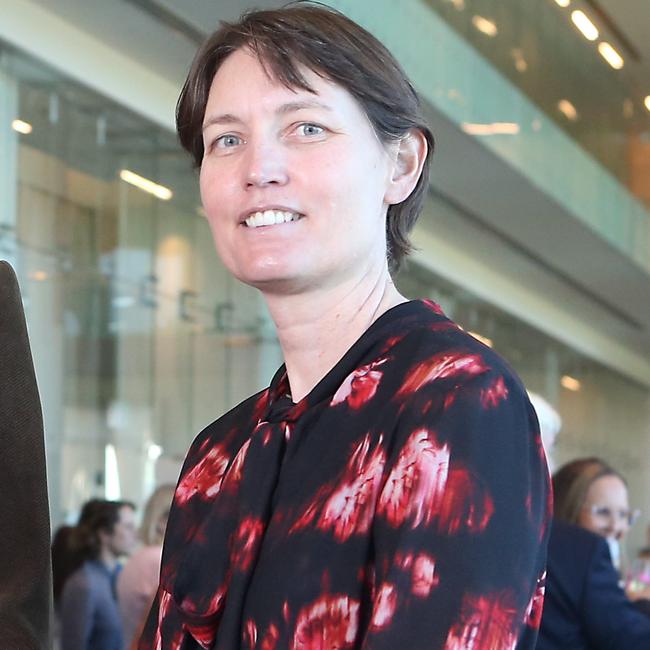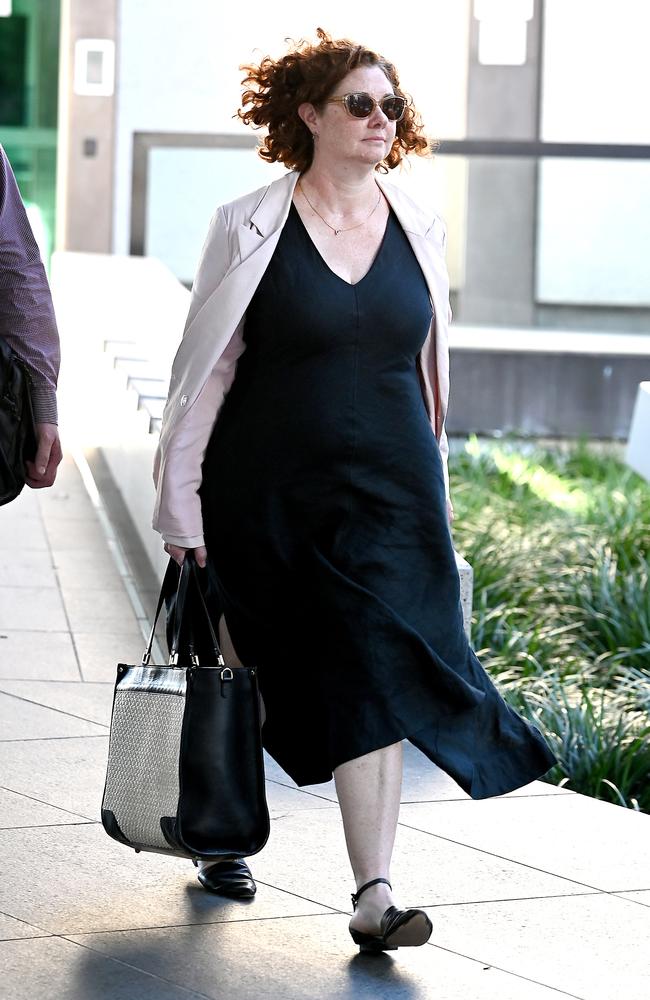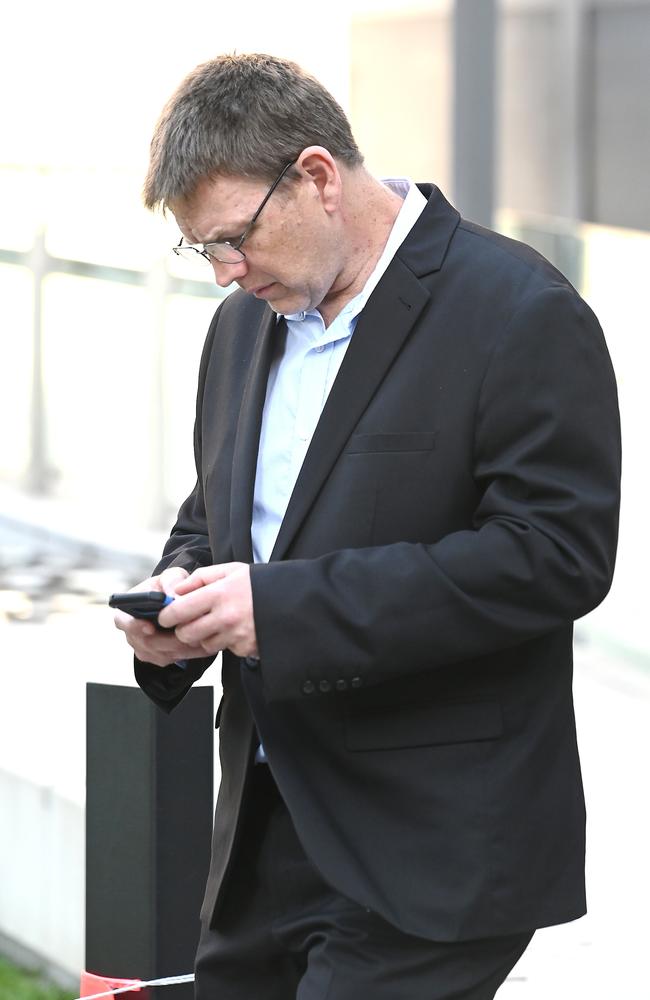Qld DNA automated testing method, including Shandee Blackburn murder case, launched despite staff concerns
A prominent whistleblower has blasted Queensland scientists for their decision to approve a flawed method for examining crucial crime scene evidence.
QLD Politics
Don't miss out on the headlines from QLD Politics. Followed categories will be added to My News.
A prominent whistleblower has blasted Queensland scientists who approved a flawed method for examining crucial crime scene evidence, telling an inquiry that the decision to implement the notorious method as “completely appalling and reckless”.
Forensic biologist Dr Kirsty Wright has agitated for months about the process to approve the automated extraction method to examine DNA samples, which is the focus of a second commission of inquiry into the scandal-plagued state-run laboratory.
On Monday, scientists who wrote a report, known as Project 13, were grilled about their involvement to validate and ultimately approve the extraction method, which was known at the time to fail to adequately yield sufficient DNA for profiling.

The method was used at the lab for nearly a decade up until 2016, with revelations of its errors forcing police to review thousands of cases and casting doubt of tens of thousands of serious rape and murder cases, including the unsolved murder of Mackay woman Shandee Blackburn.
Dr Wright told the hearing on Tuesday morning she was staggered by the decision to approve the method.
“As a forensic scientist, working in a forensic laboratory, working on rapes and murders and understanding, in some cases, the DNA may be the only vital evidence,” she said.
“They must have known that some of those samples would fail and, as a scientist, I find that completely appalling and reckless.”
Dr Wright said the report to validate the report was “incomplete”, while another expert witness, Professor Bruce Budowle, criticised the creation of Project 13 after the hearing heard strange explanations on Monday from the group of authors who refused to take responsibility for the clunky nature of its structure.
Prof Budowle said the “lack of leadership to take control of this” was a concern.
“The fact that there’s no claims for its integrity as you move into implementation – there’s another concern,” he told the hearing.
DAY ONE: FLAWED PROCESS LAUNCHED DESPITE CONCERNS
A former managing scientist at the state-run forensic laboratory never told police an automated testing method was failing to detect sufficient DNA and was launched, despite fears from staff “we weren’t ready”, it was revealed at the public probe into the facility.
The validation of an automated extraction method to examine DNA, known as Project 13, is at the centre of the second commission of inquiry into the scandal-plagued lab.
Thousands of cases are being reviewed following revelations the automated method was flawed while doubt has been cast over tens of thousands of rape and murder cases, including the brutal unsolved murder of Mackay woman Shandee Blackburn.

Senior scientist Tom Nurthen, who was leading the team examining the automated process in 2008, told the inquiry he had passed on concerns about the method returning low yield results.
He said he told then managing scientist Vanessa Ientile in a formal setting the lab wasn’t ready to go live with the automated process.
“Leading up to the go live we were still working on the protocol – it wasn’t finished,” Mr Nurthen said.
He said he had warned superiors in a meeting before the launch that “yields are still down”.
“I can’t recall if I said it should not launch, I know the feeling was we weren’t ready,” Mr Nurthen said.
But Ms Ientile said she had no recollection of raising any concerns about the automated process with the Queensland Police Service after issues were raised about the low yields.

“I don’t recall any specific conversations around that,” she told the inquiry.
“I believe, based on the information that I’ve reviewed, that I was comfortable that it was comparable to our existing manual methods.”
Five scientists who authored the report in 2008 that approved the automated method featured on the opening day of the inquiry.
Senior Counsel assisting, Andrew Fox, cited concerns raised in the media by whistleblower Dr Kirsty Wright.
“There is a suggestion that’s been put that the laboratory, that is those who were working in the laboratory at the time of the automation project, must have been sufficiently cognisant of difficulties with automation as a whole that persisting with it was irresponsible,” he said.
Mr Nurthen said the lab had invested a significant amount of money on the robotic system, which had been validated by forensic labs in South Australia and Western Australia.
“We know the manual method was fantastic but it was also a very, very long method – something like four hours to do between 12 to 24 samples, and that just wasn’t practical,” he told the inquiry.
Forensic Science Queensland reporting scientist Allan McNevin was not named as an author on the report but was a prominent member of the lab at the time.
He told the inquiry the lab had a “massive backlog” of samples to test.
“If we had just continued down a fully manual method, it would have been irresponsible because a lot of it just wouldn’t get done,” Mr McNevin said.
“In order for us to actually get on with the business of doing DNA profiling, we needed to automate.
“We needed to implement technology which enabled us to actually get through the volume of work the laboratory was being supplied with.”
More Coverage






